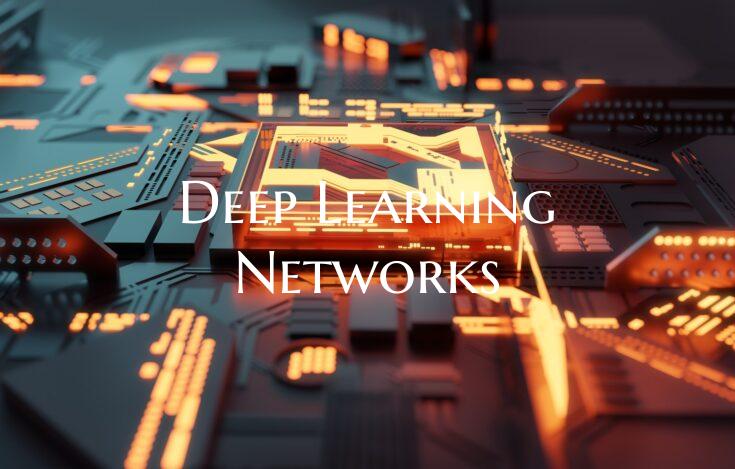Deep Learning Networks
Deep learning networks, a subset of artificial intelligence, have revolutionized various fields such as computer vision, natural language processing, speech recognition, and more. These networks are inspired by the structure and function of the human brain, specifically the interconnected network of neurons.
At the core of deep learning networks are neural networks - a series of algorithms that mimic the way the human brain processes and understands data. What sets deep learning apart is its ability to automatically learn representations of data through multiple layers of processing. This hierarchical feature learning allows the network to extract complex patterns and relationships from raw data, enabling it to make accurate predictions or classifications.
One of the key advantages of deep learning networks is their ability to handle huge volumes of data efficiently. This makes them particularly effective in tasks such as image and speech recognition, where large datasets are essential for training accurate models. Additionally, deep learning networks can adapt and improve their performance over time, as they are exposed to more data.
Another crucial aspect of deep learning networks is their flexibility and scalability. These networks can be customized and fine-tuned for specific tasks, making them highly versatile across different applications. Furthermore, with the advancement in hardware technologies such as GPUs and TPUs, training deep learning models has become faster and more accessible, leading to breakthroughs in various domains.
Despite their remarkable capabilities, deep learning networks also face challenges such as the need for massive amounts of labeled data, potential biases in the training data, and interpretability issues. Researchers are actively working on addressing these challenges to make deep learning networks more reliable and transparent.
In conclusion, deep learning networks have shown tremendous potential in transforming industries and advancing technology. As the field continues to evolve, we can expect even more sophisticated applications and breakthroughs that harness the power of these intelligent systems.

